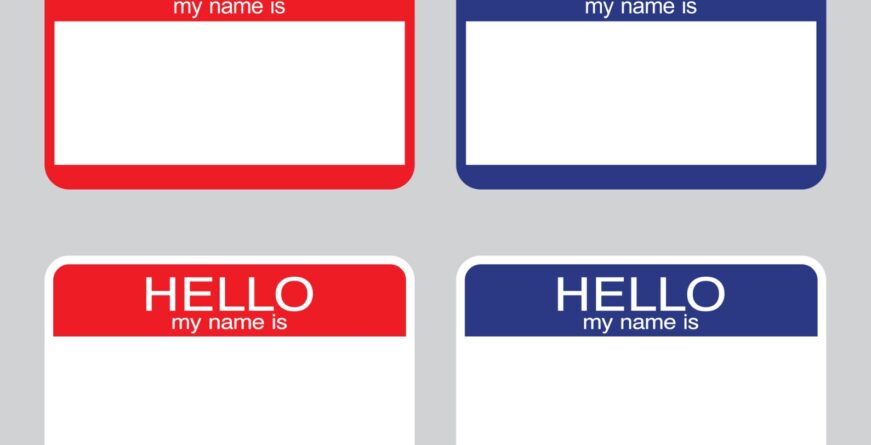I was once at a conference where the speaker asked the women in the room, of which there were hundreds, what they were taught to call their external genitalia as young girls. Hands shot up and women listed dozens of different names for this part of the female body: va-jay-jay, muffin, front bum, hoo hoo…the list went on and on.
It’s interesting to note that most boys are taught to call their external genitalia by the correct term – penis. Yes, perhaps they called it ‘pee-pee’ or ‘wee-wee’ during the potty training years, but usually by grade school, a penis is a penis.
Not so for women. It’s interesting to note that as a clinician, many adult women who come in for an exam will still refer to their external genitalia as “down there” or, incorrectly, as “vagina.” The term vagina has become the catch-all for female genitalia, but it does girls and women a big disservice. If you don’t know how to identify a part of your body, how can you communicate about it? For instance, if it hurts, how can you tell a health care provider about it? Vaginal pain is very different from vulvar pain, and often has very different causes and treatments.
Also, if you can’t correctly identify a part of your body, how can you communicate to your partner about what feels good? The clitoris is very different than the vagina in terms of nerve endings and sexual pleasure.
I encourage all women to start to identify their external genitalia as their vulva and to educate young girls to do the same.
The American Academy of Pediatrics agrees with this: “It is important to teach your child the proper names for body parts. Making up names for body parts may give the idea that there is something bad about the proper name.” And “in early childhood, parents can teach their children the name of the genitals, just as they teach their child names of other body parts. This teaches that the genitals, while private, are not so private that you can’t talk about them.”
According to Laura Palumbo of the National Sexual Violence Resource Center, “We need all adults to be partners in teaching healthy childhood sexual development, and square one is body parts. Educators and parents should communicate accurately, without stigma or shame.”
Also, interesting to note, research shows that knowing the correct anatomical terms enhances kids’ body image, self-confidence, and openness.
If you are interested in more information, Psychology Today has an interesting article on the subject.


